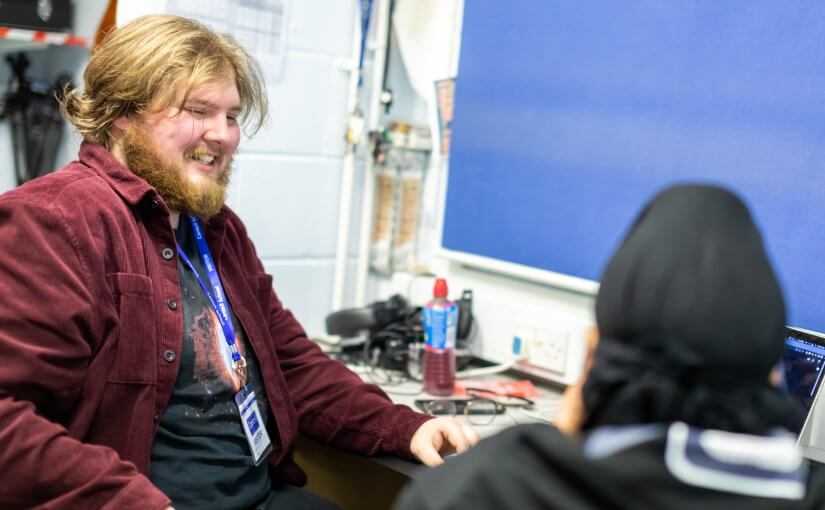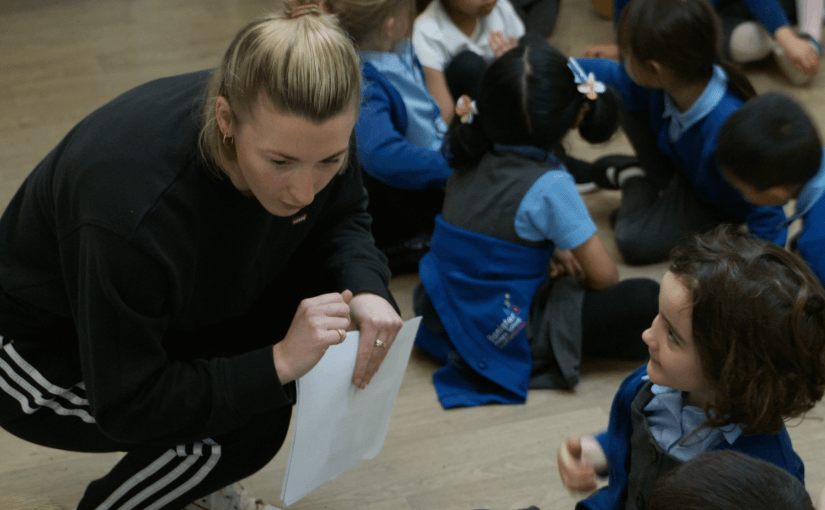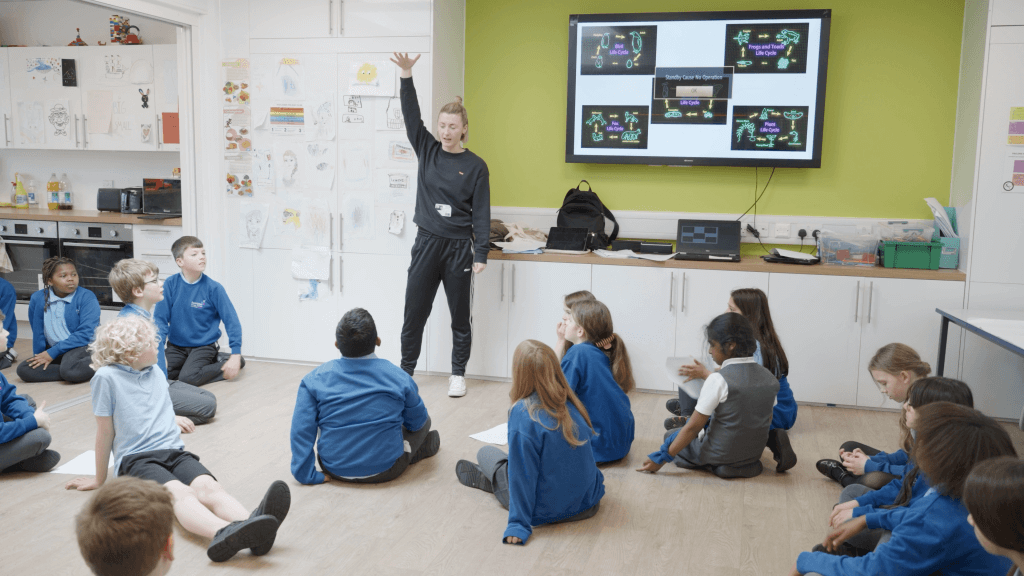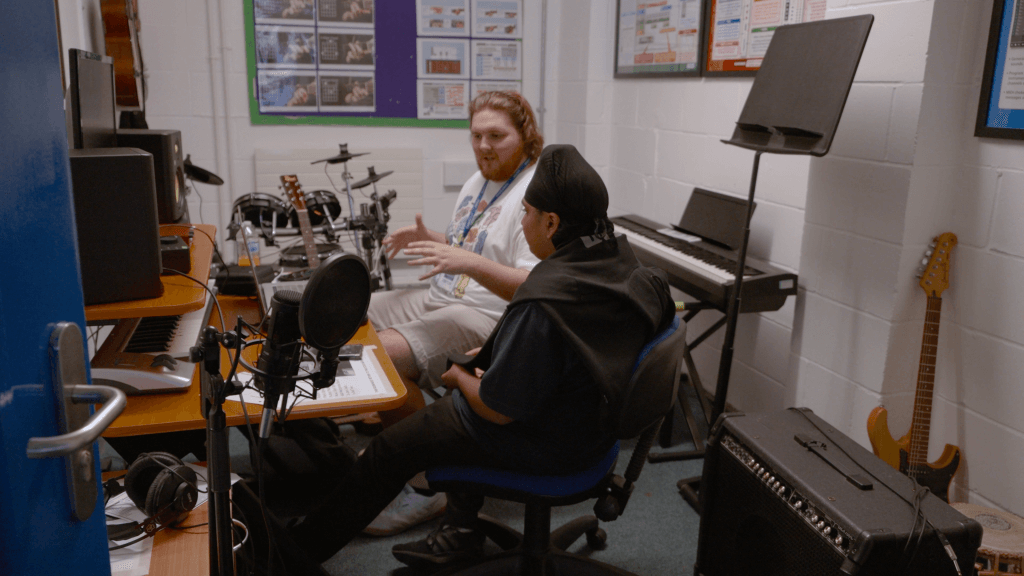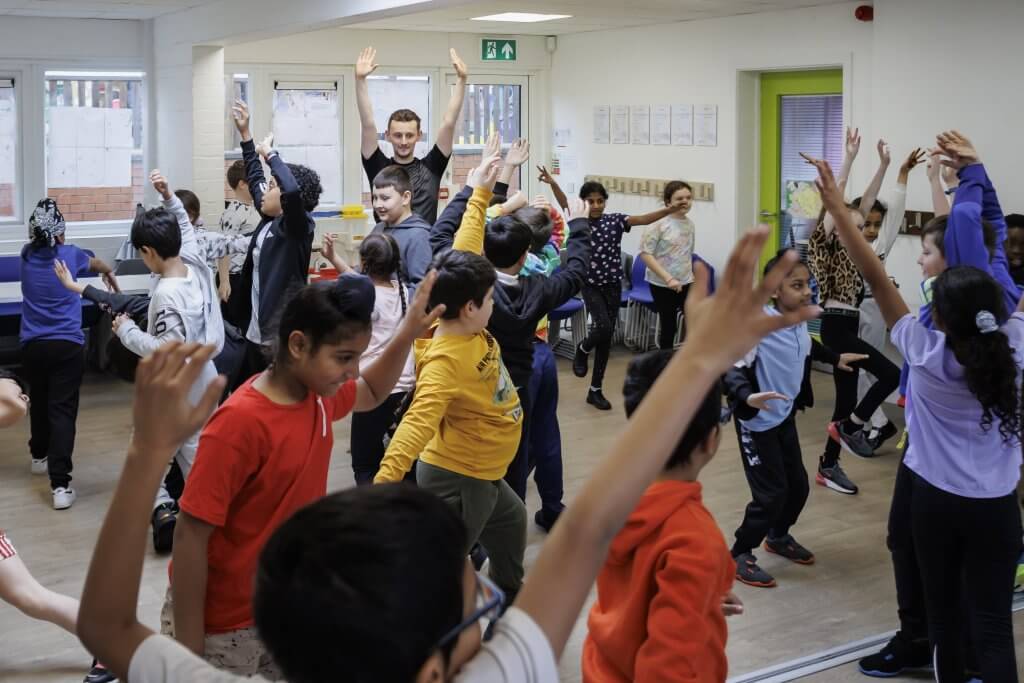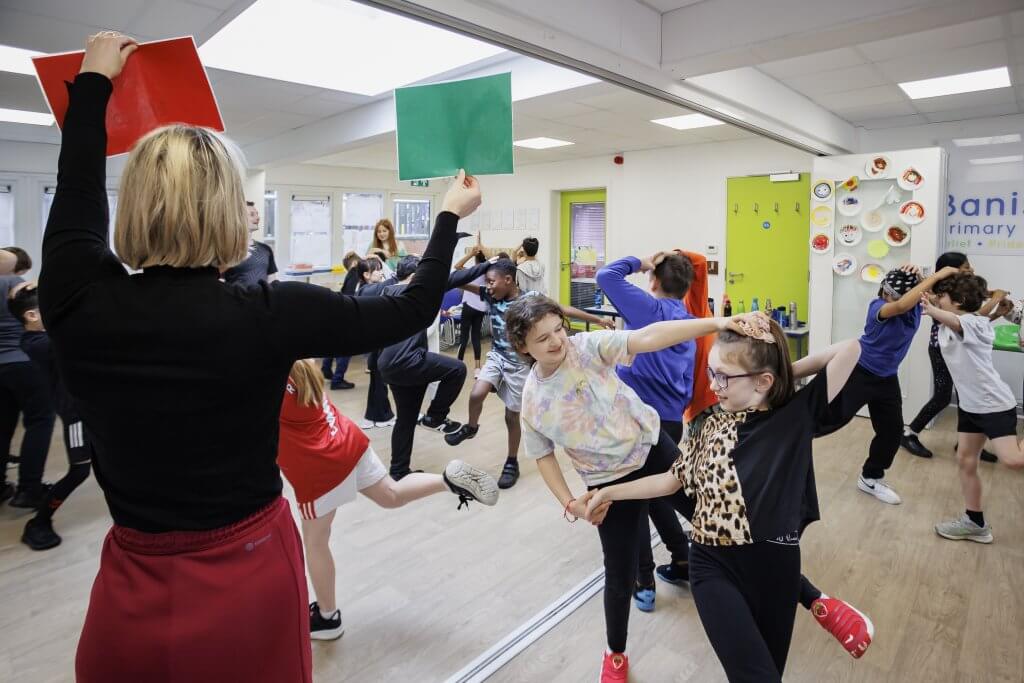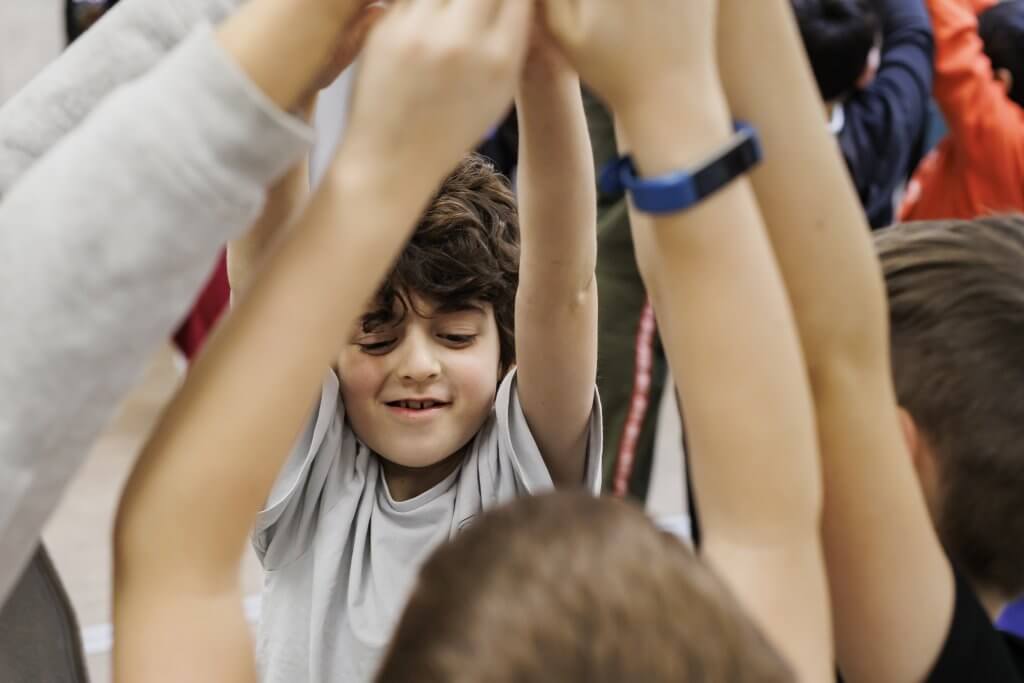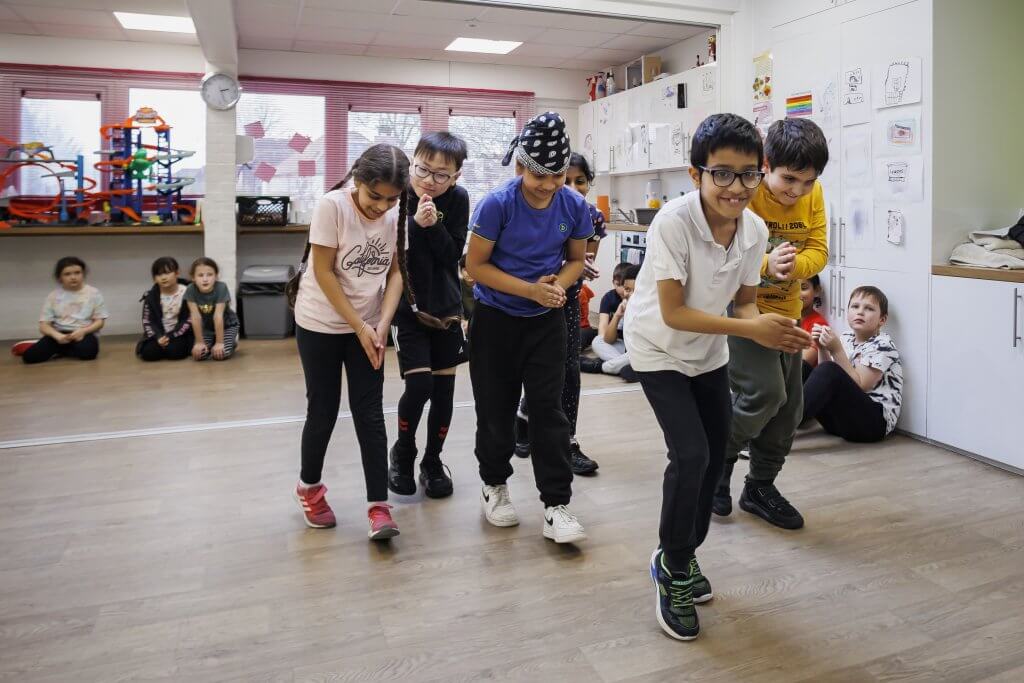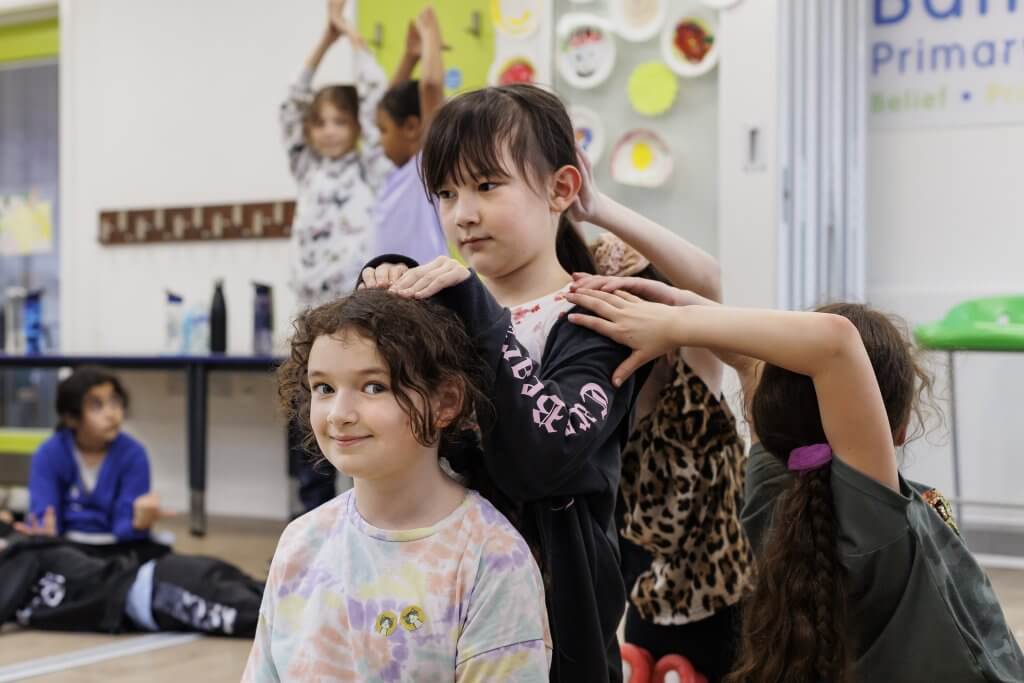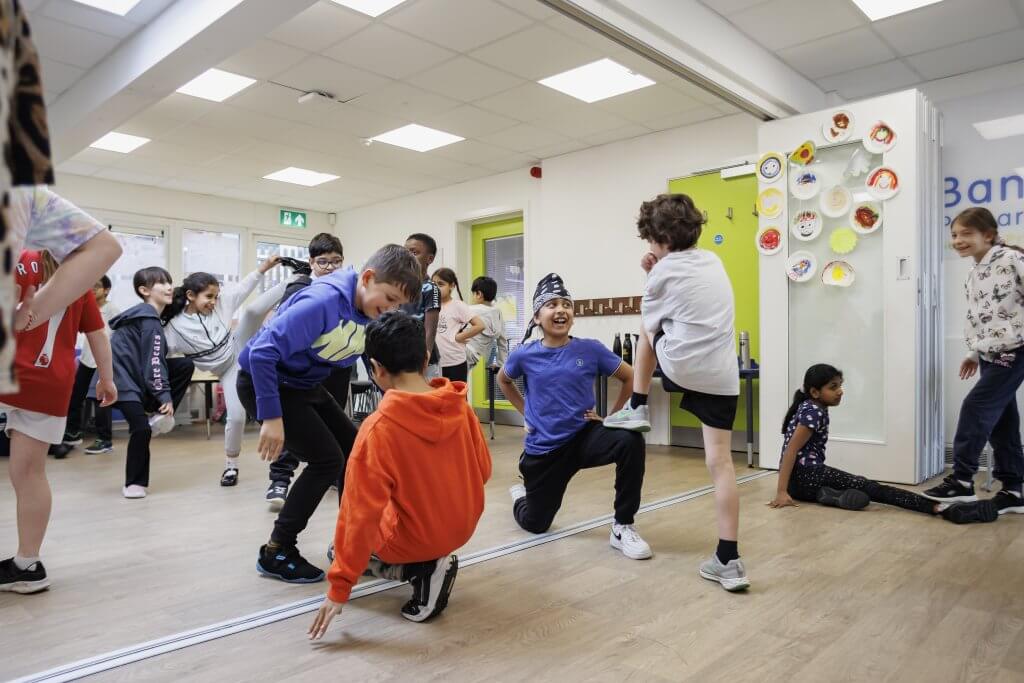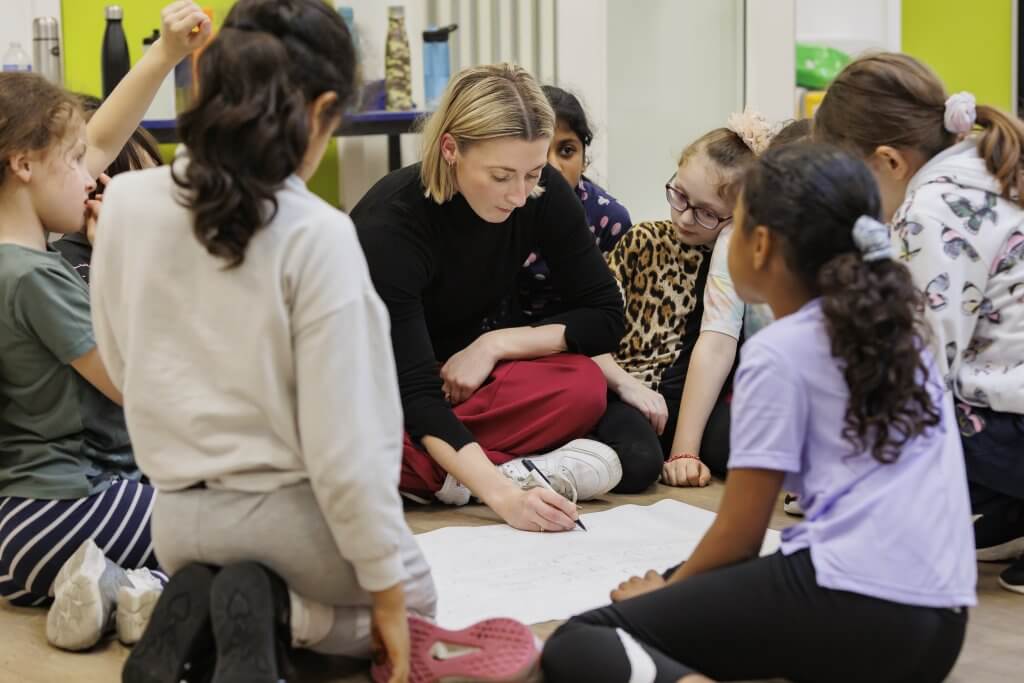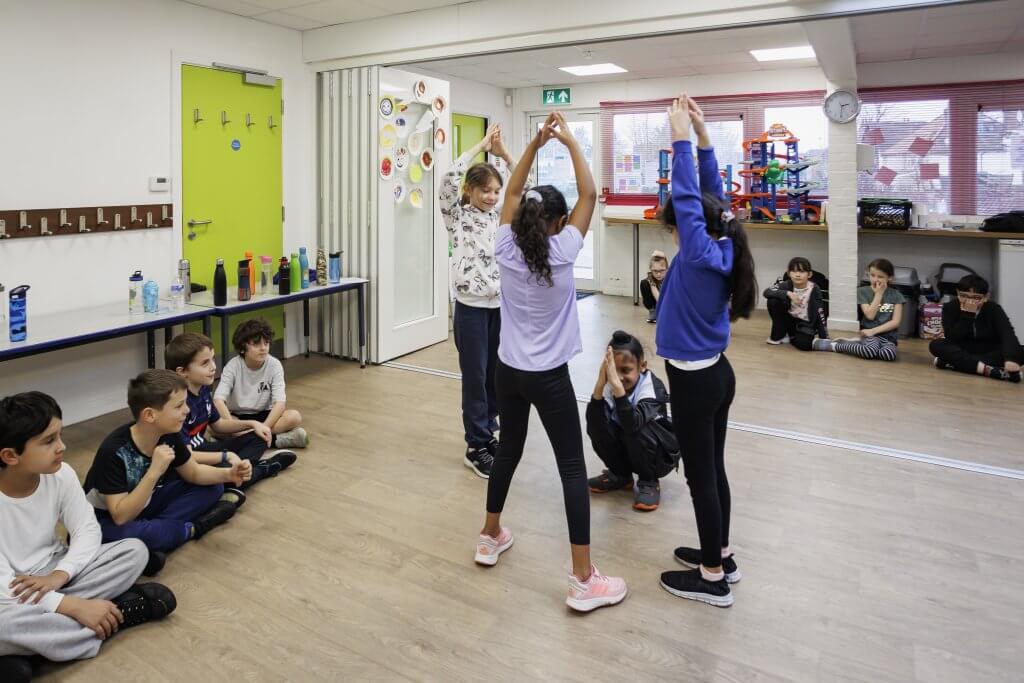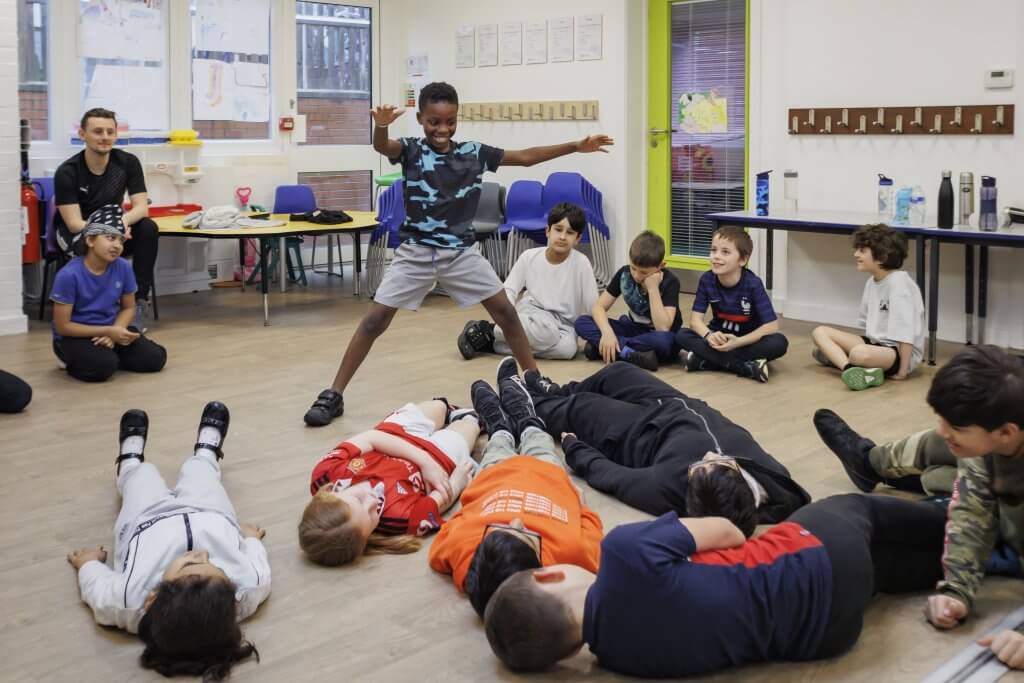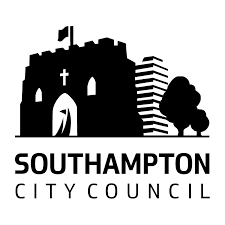by Ellie Grant
Ellie Grant is the University of Southampton’s new Arts and Culture Coordinator. Ellie joined the university in July 2022 and initially worked within the Widening Participation and Social Mobility Directorate. Prior to this, she supported students as the President of Arts University Bournemouth Students’ Union.
It’s no secret that young people can provide amazing insights into a variety of issues and offer solutions that nobody else has considered. However, understanding how to engage young people in decision-making can be challenging for organisations exploring youth governance for the first time. Luckily, there are a variety of sectors we can look to for inspiration, and, for this blog, I’ll be reflecting on the lessons I learnt from my time working in Widening Participation.
Prior to joining the Arts and Culture team this January, I worked in the Widening Participation and Social Mobility Directorate at the University of Southampton. I supported a number of students as part of the university’s flagship social mobility programme, Ignite Your Success, and it was during this time that I developed an understanding of the importance of youth governance. While there are many elements of youth governance and leadership that I could discuss in this blog, I’ve selected four key lessons that I believe can be applied to cultural education.
- Embed co-design at every stage
Whether you’re developing a project or a policy, one of the best ways to capture the youth voice is to embed co-design into every stage of your workstream. In my previous role, I was lucky enough to have access to a Student Advisory Board, a group of students from a variety of backgrounds who were consulted on different projects. These students helped to identify potential pitfalls in our proposals and worked with us to find creative solutions.
“For co-design to really work, the young people involved in a project should feel that they are making a tangible contribution to its objectives and outcomes.”
Not every organisation will have the resources to set up a youth consultation board, but luckily, co-design can take many different forms. Depending on the scale of the project, it may be more suitable to hire an intern or work with an elected representative. In any case, for co-design to really work, the young people involved in a project should feel that they are making a tangible contribution to its objectives and outcomes.
- Support and encourage youth-led activity
Giving young people the tools they need to create and lead their own activities can often result in more successful outcomes. In Ignite, we facilitated this by forming a student social committee. As staff, we provided administrative support in the form of processing bookings and payments, but the students themselves were responsible for planning, promoting, and delivering the events. Not only did these events have better levels of attendance and enjoyment, but the students on the committee developed teamworking and leadership skills.
While the level of independence will vary depending on the ages and circumstances of the people we’re working with, good youth governance asks us to consider what support young people need in order to run their own projects or create new policies. This might include access to meeting spaces, specialist equipment, training, or funding. Even things that we might take for granted, such as transport to meetings, should be considered.
- Empower leadership in all its forms
[We will ensure] All children and young people have a voice, are listened to and can influence the services they receive.
Southampton City Council, Children and Young Peoples Strategy 2022-2027
Joining panels or running activities won’t appeal to all young people but that doesn’t mean they can’t be leaders. It’s important that we find ways to empower leadership for those who are—for a variety of reasons including lack of confidence or lack of trust—less able to participate in traditional forms of youth governance. There are still insights to be gained by encouraging these individuals to participate in things like small group work or classroom discussions and then building towards more challenging activities such as peer mentoring or reverse mentoring.
- Reach out to those who are ‘hard to reach’
Similarly to my previous point, my final key message is about the importance of trying to work with young people who are less engaged. Typically, the same students who sit on the board for their youth club are also school council members and scout leaders and activists and so on, and this often means that the voices we hear in these spaces aren’t always diverse. We then miss the thoughts and opinions of those who opt out of these opportunities to co-design and share.
In both my Widening Participation and Student Voice work, I found that it was often those who weren’t as engaged who offered the most valuable insights into a project. In many cases, these are the young people who face additional barriers in life and whose needs are often neglected by traditional youth spaces. Learning from these individuals is often the key to ensuring a project or policy works for all the young people you want to support. Naturally, there isn’t a one size fits all approach to reaching these young people, but trying to understand their circumstances and meet them on their level is a good place to start.


